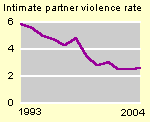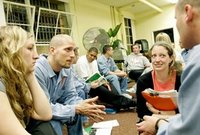i’m still processing wednesday’s conference on race, inequality, and incarceration — a day of grim but powerful presentations from law, political science, criminal Justice, and sociology. two sets of studies were especially striking:
first, political scientists jon hurwitz and mark peffley presented some disturbing experimental public opinion research. for example, they find that whites are significantly less supportive of spending money to “lock up violent criminals” than to “lock up violent inner-city criminals.” worse, white support for the death penalty actually freaking rises when respondents are given the additional cue that “Some people say that the death penalty is unfair because most of the people who are executed are African Americans.” sixty-five percent of white respondents supported the death penalty in the baseline condition versus 77 percent once race is introduced.
jennifer eberhardt of stanford psychology then presented some of the most powerful experimental research i’ve seen on visual perception and the racialization of crime. for example, she found that a flashed image of a black face enhances perceivers’ ability to detect degraded images of crime-relevant objects such as guns.
as the evidence mounted, i kept reworking my talk so that the day’s last session would include at least a sliver of optimism. in the interviews i’ve done since the conference, however, i’ve been tongue-tied when talking about race. am i deepening white opposition to reenfranchisement by saying that felon voting laws exact a greater toll on communities of color?







